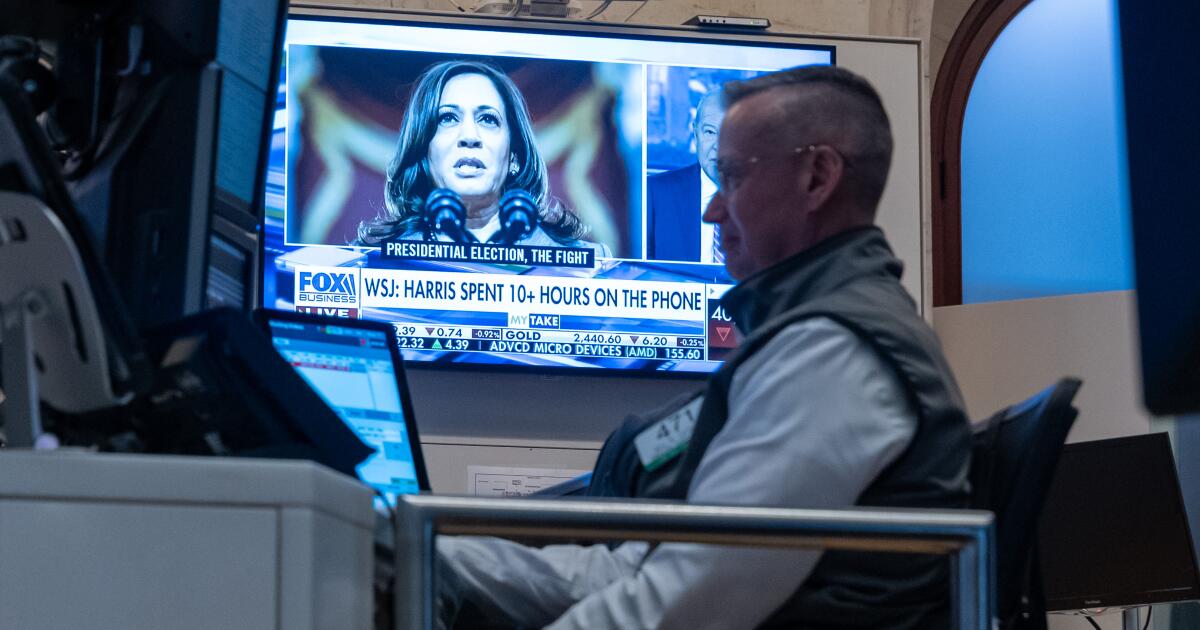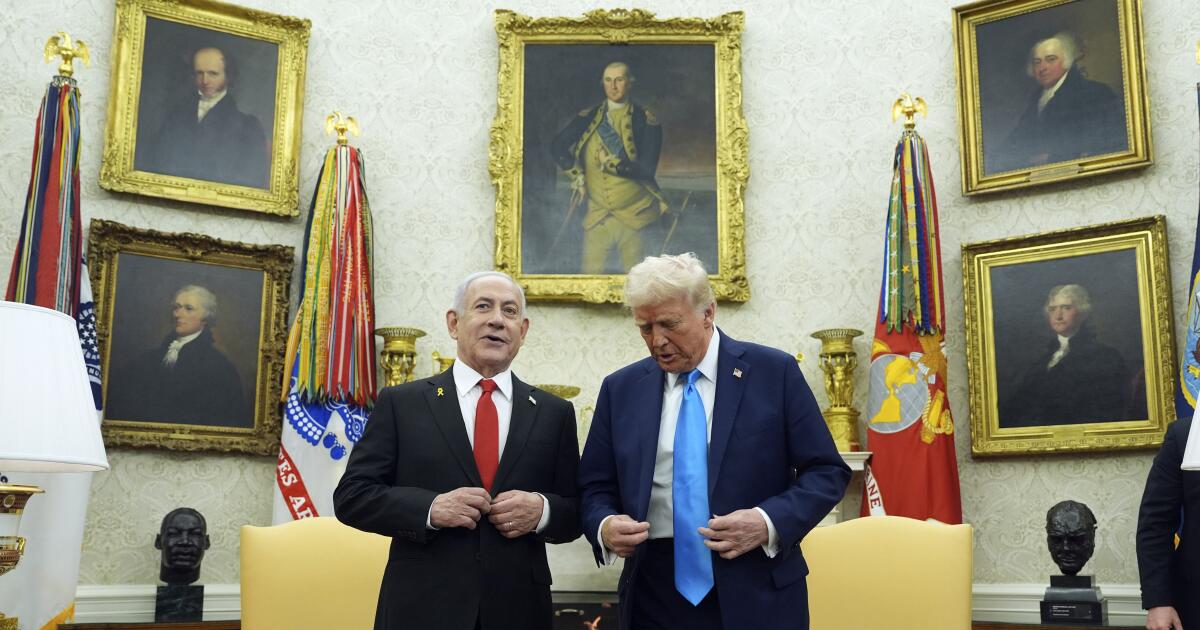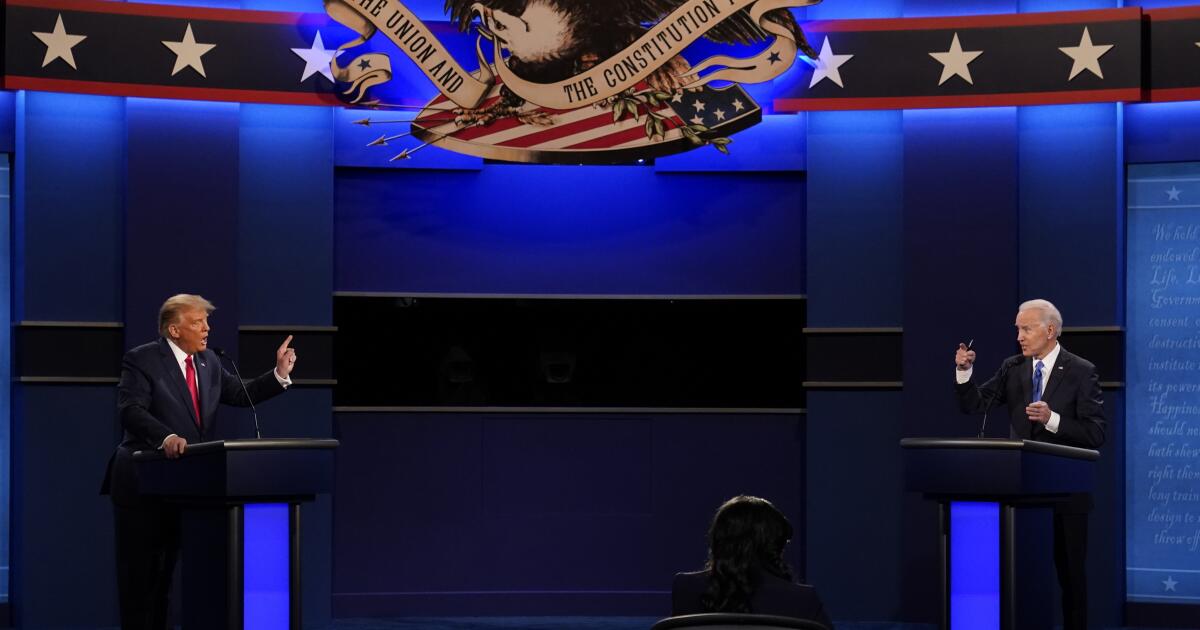Intel will cause assets that are not part of its central mission, according to Bloomberg. Intel's CEO, Lip-Bu Tan, who became CEO in mid-March after Pat Gels had a very encouraged suggestion to retire, made the announcement on March 31 at the Intel Vision conference. So did not define the main business or what parts of the business would be affected.
Intel will try to expand your main business using AI and Software 2.0, said Tan. The 2.0 software is a term on the way in which generative AI allows coding without writing individual code lines; Instead, the technique, named by the scientist of the computer vision Andrej Karpathy, uses the natural language and an AI model. The 2.0 software has some similarities with the “coding of both”, although the 2.0 software covers more possible uses for the generative AI.
Intel tries to change while other semiconductor companies are ahead in the AI boom
Despite the AI boom, Intel was not raised in the demand wave of fries. Gelsinger's departure and the state of the company under their last years of leadership left the uncertain future for Intel. Some considered breaking the company, according to Bloomberg.
Intel Rival Taiwan Semiconductor Manufacturing Company (TSMC) was in operation as a potential buyer, just like Broadcom. The division of their interests between the manufacture or design of chips may have allowed other companies, such as TSMC, to move forward. Nvidia also surpasses Intel in the fight to benefit from the AI boom.
SEE: Arm shocked the semiconductor industry Announcing that you can sell your own chips
The leadership of such must imply an effort to recover Intel's balance. His motto is “insufficient and between delivery,” he said so.
He also said that he would focus on recruiting quality engineering talent and boosting Intel chips smelting work. One of the few details that Bloomberg observed so was that Intel could start launching a customary semiconductor service for customers.
So previously served in the Board of Directors of Intel. It was CEO of Cadence Design Systems, where he negotiated design and IP solutions with Intel.
Part of Intel factory construction is on hold
Intel had planned to build two advanced semiconductor plants in Ohio. These plans were delayed at the end of March due to misalignment with “the needs of our business and the broader demand in the market,” said Executive Vice President of Intel Foundry manufacturing, director of global operations and general manager Naga Chandrasekaran.












